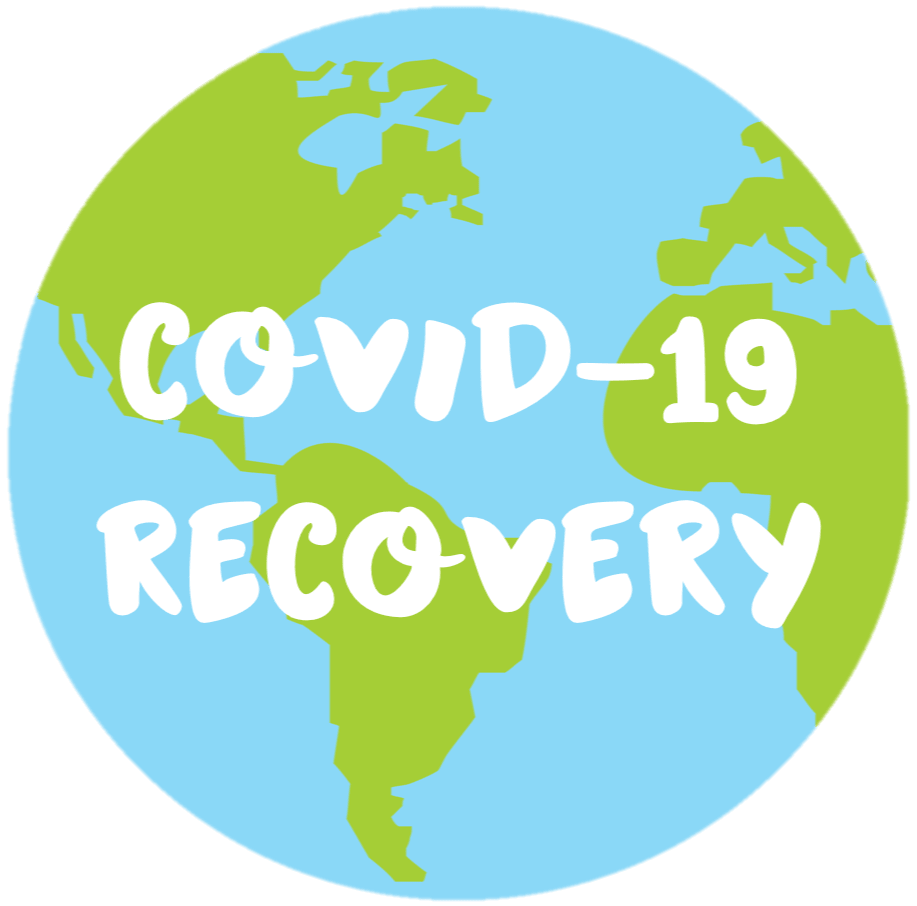What is a Superspreading Event?
On 10 March 2020, a ‘distanced’ choir practice took place in Washington with 61 members, one of whom was exhibiting mild cold-like symptoms. Three weeks later, 52 members had tested positive for COVID-19 and two had passed away. During these staggered times and stages of reopenings, we need to be aware of these events, also known as superspreading events, which can see a city with almost no new cases spike overnight. In today’s post we will be talking about these types of events and how crucial it is to continue practicing social and physical distancing despite countries and cities reopening.
Today’s post will make reference to the basic reproduction number Ro. For more information about this concept, please visit our previous post linked here.
Disclaimer: Articles available only as pre-print will be noted in the ‘Journal Sources’ section at the end of the post - these references are noted as study ‘suggestions’ and should be treated as such.
Defining a ‘Superspreading Event’
Superspreading events (SSEs) are events in which a few primary cases infect a large number of secondary cases. SSEs have a strong impact on Ro, as the basic reproduction number is a ratio of how many new cases of disease are generated from existing cases. For simplicity’s sake, we can think of SSEs as a cause for variance around Ro since these events can cause micro or macroscopic spikes depending on the size of the event.
According to an analysis which examined COVID-19 case transmission in Japan, scientists suggest that the chance of transmitting the SARS-CoV-2 pathogen was almost 19x greater in closed spaces. This suggested finding brings to light the importance of understanding transmission of the virus and the likelihood of an SSE.
SSEs are not a new concept, with superspreading events being observed in the SARS and MERS outbreaks in 2002-2004 and 2012 respectively. Researchers are still trying to better understand superspreading events to come up with possible solutions which might mitigate their effects or reduce their probability of occurring.
How Can We Quantify a Superspreading Event?
Understanding superspreading events is a difficult task as it is suggested that there is infinite variance in SSEs. A study from Hong Kong posits superspreading to be a function of individual transmissibility and individual susceptibility. Given the amount of variation that can be observed in an individual’s choices in where they go, who they interact with, and individual risk of exposure, researchers can only model averages of available data to create suggested outbreak protocol.
The diagram to the left exemplifies the variance in individual case transmission.
In addition, SSEs are considered to be a major limitation of the concept of the basic reproduction number, Ro, as Ro cannot accurately describe a virus’ pattern of transmission. Ro is simply an overall ratio based on confirmed case statistics which do not take into account these types of stochastic (random) burst events.
What do the Statistics say?
One way we might try to quantify the statistics behind superspreading events is through the secondary attack rate, or SAR, which is a measure of “the probability that an infection occurs among susceptible people within a specific group (ex: household or close contacts)”.
The SAR can provide information on how social interactions may lead to transmission risk.
One paper suggests that SAR among close contacts is approximately 35% (based on statistics gathered in COVID-19 transmission events). This study suggests that transmission is more likely driven by a relatively small number of high risk contacts, with another study further suggesting that only 25% of existing cases pass on to create new cases. From these observations, it is suggested that SSEs tend to occur at large social gatherings of close contacts.
Another study examining COVID-19 infection clusters in Hong Kong suggests that 20% of existing cases were responsible for 80% of the local transmission. Notably, the study also hypothesizes that social exposures produced far more secondary cases than family or work exposures.
Implications for Control of Possible SSEs
While the statistical data and mathematical models behind SSEs cannot be fully quantified, there are still precautions we can take against them. SSEs are dangerous as the emergence of many new disease cases can quickly overwhelm public health services such as hospital capacity and contact tracing capacity. It is every individual’s responsibility to be aware of precautionary measures their local and federal government are enforcing, and to abide by them for personal and public safety.
The aforementioned studies provide evidence for the need to practice social and physical distancing interventions, as it may reduce the average rate of infection and the uncertainty surrounding the Ro number. The WHO estimates the Ro of the SARS-CoV-2 virus to be anywhere between 1.4 - 2.5, however one study finds the average Ro to be 3.28 (according to statistics gathered primarily in China). Given this high rate of reproducibility, precautionary steps should be taken whenever possible as researchers state that SSEs follow a pattern of infinite variance and cannot be well predicted.
A policy for targeting SSEs:
Targeted lockdown policies have been shown to effectively decrease peak infection rate (for more, check out this article):
Reducing numbers of social contacts at high risk venues such as bars, restaurants, nightclubs
Distancing measures or closures of community spaces to reduce risk of exposure
Working from home when possible
Maintaining social bubbles; having limited close interactions with others
Wearing masks or face coverings in public spaces
Appropriate handwashing and sanitation procedures
Reduce contact with high-touch surfaces
Journal Sources:
https://www.medrxiv.org/content/10.1101/2020.02.28.20029272v2 (pre-print only as of 15 July 2020)
https://assets.researchsquare.com/files/rs-29548/v1_stamped.pdf (pre-print only as of 15 July 2020)
https://www.medrxiv.org/content/10.1101/2020.06.11.20128058v2.full.pdf (pre-print only as of 15 July 2020)
https://www.researchsquare.com/article/rs-29548/v1 (pre-print only as of 15 July 2020)
https://www.thelancet.com/journals/lancet/article/PIIS0140-6736(20)30462-1/fulltext
https://academic.oup.com/jtm/article/27/2/taaa021/5735319
Media Sources:
https://www.cnn.com/2020/05/13/us/coronavirus-washington-choir-outbreak-trnd/index.html
https://www.scientificamerican.com/article/how-superspreading-events-drive-most-covid-19-spread1/
Image Sources:
https://www.cnn.com/2020/05/13/us/coronavirus-washington-choir-outbreak-trnd/index.html
https://www.mdpi.com/1660-4601/15/11/2369/htm
https://www.researchsquare.com/article/rs-29548/v1



